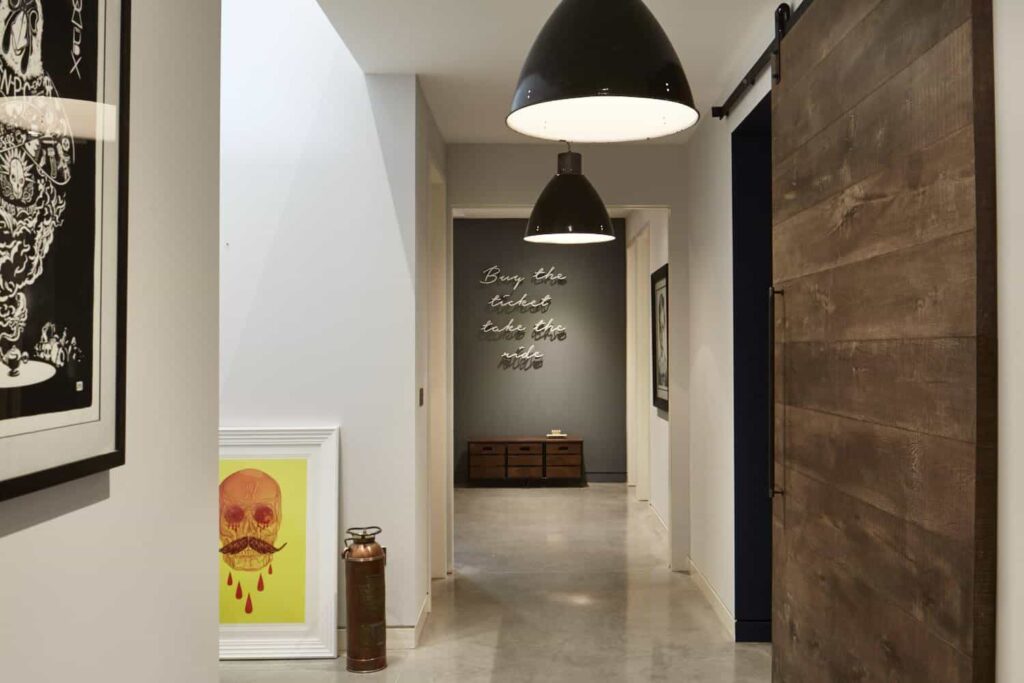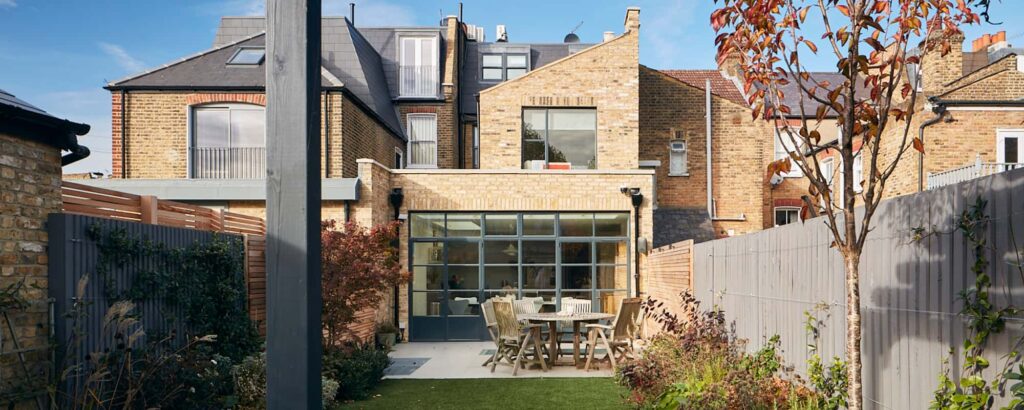What you didn’t know about basement extension building regs

With space at a premium these days, high property prices and soaring stamp duty rates, we have seen an increase in extensions, loft conversions and basement conversions as a way to increase the living area of a home. Whilst extensions and loft conversions have been common, basement conversions in the London area are relatively new, […]
Renovating a Rental Property… Here’s what you need to know

If you are a landlord or about to become a landlord, how you renovate your rental property will depend on two main factors: the location of your property and who you intend to rent your property out to.If, for example, your property is in a not-so-sought-after area, chances are that the rental income you receive […]
How to choose and architect… It’s not as simple as you think

If you are embarking on a property renovations project, planning is key. You need to have all the major players in place before you can break ground, including architects, interior designers, builders and surveyors. At SDA Build London, our years of experience working on high-end property renovation projects have taught us the importance of working together […]
SDA Build London, property renovation specialists, featured in Design Buy Build

As leading property renovation specialists in South West London, we are delighted to be featured in this month’s issue of Design Buy Build, one of the UK’s leading building publications.The article showcases one of our favourite projects where we created a stylish, temperature-controlled wine cellar in the basement. Click here to read more… We are on page […]
refurb renovation news showcases one of our favourite property renovation projects

Refurb Renovation News, the UK’s leading refurbishment title, has showcased one of our favourite property renovation projects in South West London. It all started with a subscription to a wine club. Read on to find out more ?
Property renovation almost complete? Now what?

Coming to the end of a home renovation is a time of mixed emotions – excitement, frustration, worry and, most of all, impatience to settle back in and have your home to yourself. However eager you are to get back to normal, though, the process will be smoother if you hold off a little. Follow […]